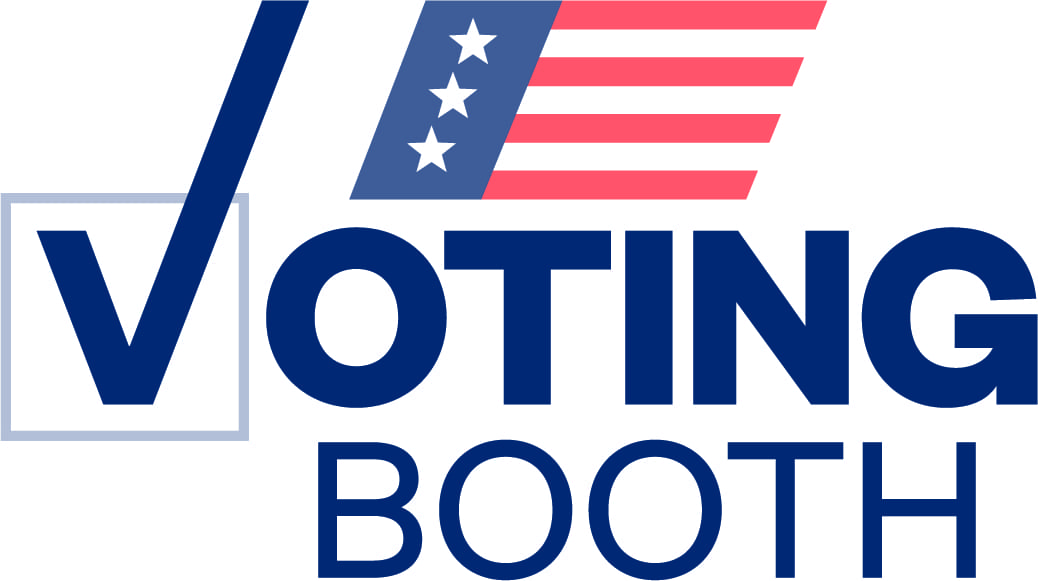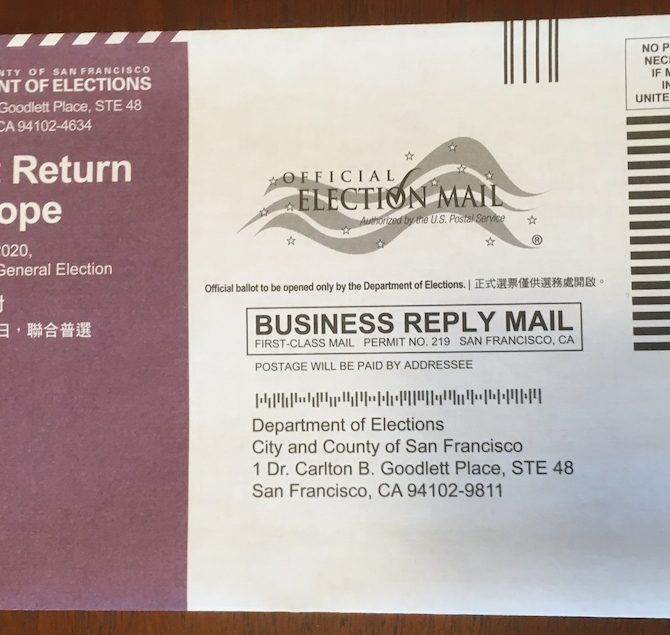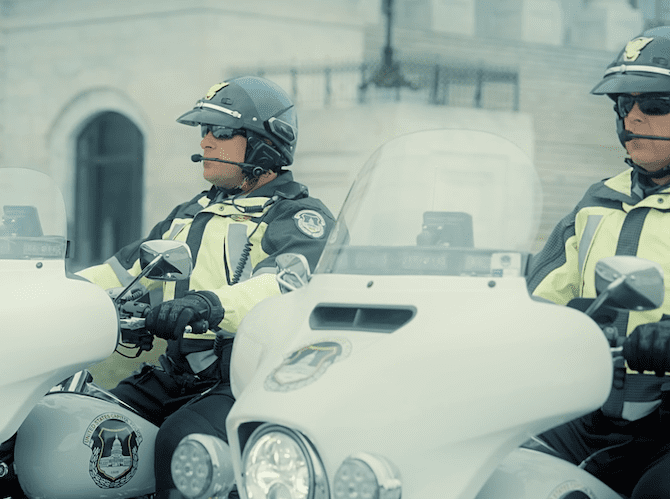Trump’s Attacks on Voting Shows Disinformation Works

(President Donald Trump. Photo Credit: https://trumpwhitehouse.archives.gov/)
The Democratic National Convention barely ended before President Trump threw another rock into the waters surrounding voting in the 2020 general election.
Trump threatened to deploy federal troops at the polls later this fall, which was immediately criticized by civil rights leaders who noted that tactic was a decades-old voter suppression ploy. Never mind, as many GOP officials have said since the threat, that federal law prohibits uniformed or armed troops at the polls. States have used National Guard troops in civilian dress to compensate for poll worker shortages in 2020’s primaries. And local police are a regular fixture at polls in blue states.
This is just the latest disinformation-filled attack by Trump on every means of voting. First, he went after voting by mail, claiming that it was easily corrupted when it is not (and that’s how Trump votes). Then, his top aides went after the Post Office, by cutting overtime and dismantling sorting machinery in blue states to undermine the public’s confidence in voting by mail. Yet Trump’s Postmaster General told Congress that nothing will impair voting or ballot delivery this fall, which is gaslighting.
Unfortunately, there’s more. After the GOP-led Senate refused to take further action to fund local election administration, the most cost-effective countermeasure to offset possible polling place congestion is using drop boxes for absentee ballots. It is not a coincidence that Trump has ramped up his attacks on drop boxes after a federal judge ruled that his campaign botched a lawsuit against Pennsylvania seeking to restrict drop box use, saying the issues cited were not ripe for federal review.
But Trump knows what he’s doing by planting seeds of doubt. A USA Today poll released during the Democratic convention found about half of Joe Biden supporters said they planned to vote by mail. That compared to three-quarters in late July before widespread coverage of Postal Service woes. (An August 30-31 poll by Emerson found just 33 percent of Democrats said that they intended to vote by mail. In July, some 61 percent of Democrats had told Emerson they intended to vote by mail.)
This drop off shows the power of disinformation. Voting by mail is by no means perfect, but it is not a black hole either, retired state election officials will tell you. But facts fall behind fears in a disinformation-filled media environment. For example, most ballot-related mail is local, not interstate, and thus quicker. Nationally, the Post Office delivers about 182 million pieces of first-class mail a day—compared to what may be 100 million mailed-out ballots over many days this fall.
Who is likely to be most impacted by Trump’s disinformation? Probably not highly motivated Democrats and experienced voters, but people who aren’t familiar with voting (such as young people) and those who are the most cynical about politics.






